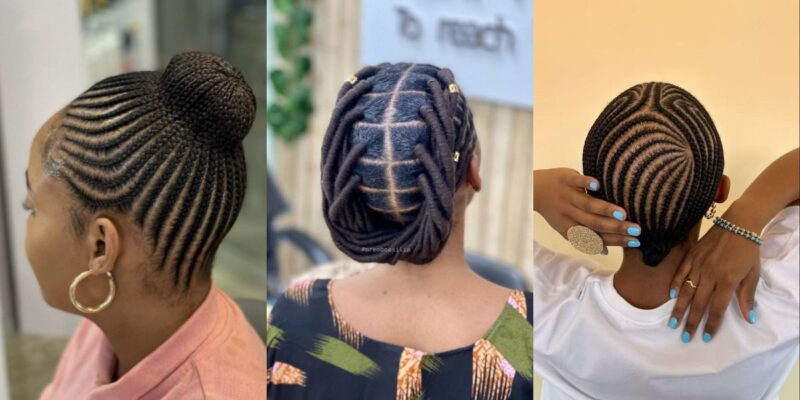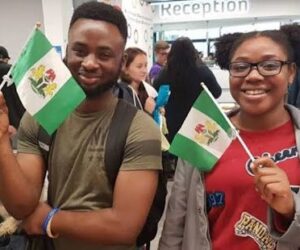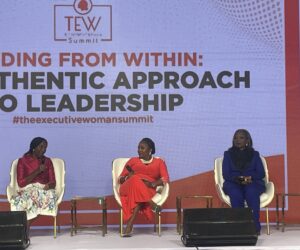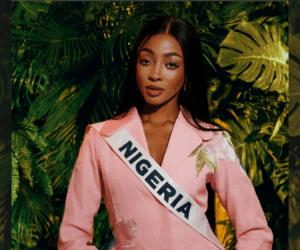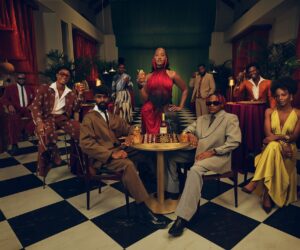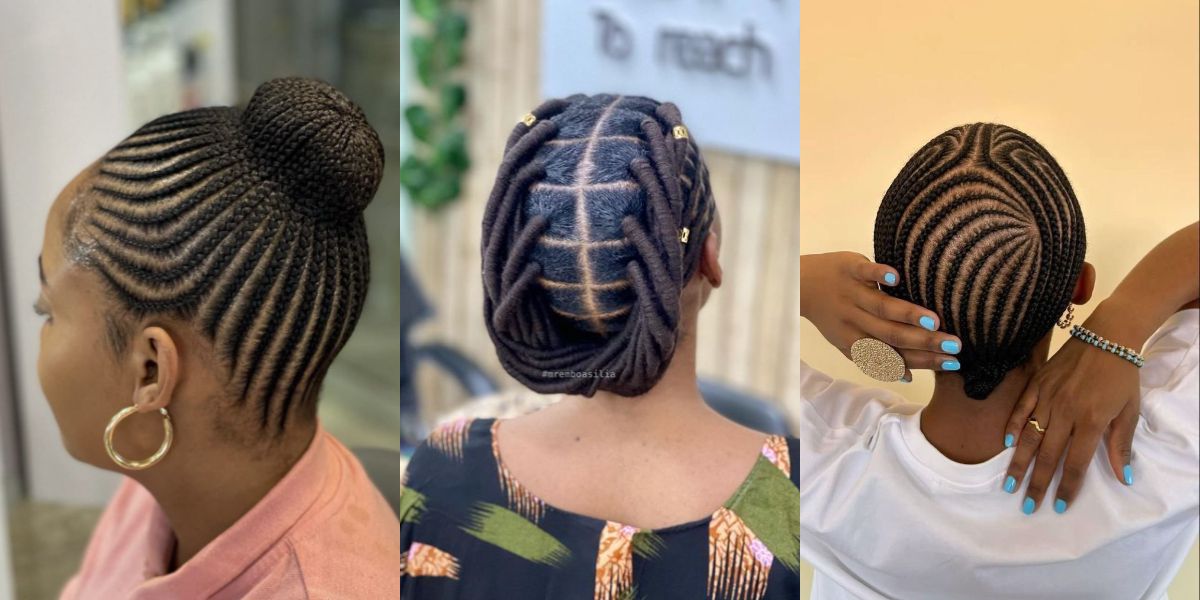
As a girl, if you grew up in Nigeria, chances are your hair has been through more transformations than you can count. In this part of the world, hair is never just hair. It is culture, identity, creativity, and sometimes sheer survival.
From the days our mothers dragged us to the salon on weekends, to the many tears and pain we have had to endure because, of course, beauty is pain. Whether you loved them or hated them, these hairstyles unite us Nigerian girls in a shared journey of beauty and discomfort.
Is it the painful threading sessions that brought tears to our eyes, down to the wig obsession we now wear like a crown, every Nigerian girl has a hair story. Here are seven hairstyles that nearly every Nigerian girl has worn at least once.
1. Threading (Irun Kiko)
Threading, locally called irun kiko (by the Yoruba), is one of the most traditional Nigerian hairstyles. It involves using strands of black rubber thread to wrap sections of hair tightly. This was more like a starter pack hairstyle if you were just starting out to make your hair. We all believed this style helped to improve growth.
For many Nigerian girls, threading was serious hair. It was the Saturday ritual before church or school week, often done by patient aunties or hairdressers in the neighbourhood.
It was also one of the most painful styles to sit through because of the tugging, the pulling, and most importantly, the inevitable tears. Still, it was neat, lasted for weeks, and kept the hair protected and stretched.
For a style we hated because it comes with so much pain, it is rather surprising to see that it has made a comeback, especially this year. You now see threading hairstyles all over your Instagram feeds and even on the streets.
2. Shuku (Updo Cornrow)
If you did not rock Shuku back in the days, are you even Nigerian at all? Shuku is a cornrow style where all the hair is braided upwards into a single bun or peak at the centre of the head, more like the younger sister to All-Back (normal corn rows). Sometimes, it comes with creative variations like shuku ologede (banana-shaped) or with additional side patterns.
This was the classic school hairstyle. It was quick, simple, and tidy. Shuku can be said to be every mother’s favourite. You might get a pounding headache after, but this particular hairstyle kept hair out of the way and ticked the box for neatness. For many girls, the look was almost synonymous with secondary school life.
Shuku also carries tradition, as it has roots in Yoruba culture, where it was historically reserved for royalty and special occasions. Today, it remains one of the most recognisable African cornrow patterns.
3. All-Back Cornrows
This was and is still our survival hair. Cheap, quick and most importantly, approved by every mother and every school authority. Cornrows, in their simplest form, are braids woven flat against the scalp in straight lines. In Nigeria, “all-back” means every braid runs from the forehead straight to the nape of the neck.
This is unarguably the most common of all hairstyles in Nigeria and even Africa, although it has since gained more recognition from different parts of the world. For some girls, all-back often came with complaints of the forehead looking bigger. And if they were tight, your scalp tingled for days.
Despite the struggles, all-back was and is still versatile. It could be adorned with beads, made in creative zig-zags or left plain, and it was one of the earliest and easiest introductions to the world of cornrows.
4. Braids/Ghana Weaving
Braids are perhaps Nigeria’s most famous hairstyle export. They involve sectioning the hair into small parts and adding extensions, then weaving each part into long plaits. Variations include box braids (small square sections), Ghana weaving (tighter cornrows with extensions added), or jumbo plaits.
For Nigerian girls, braids were a holiday special back in the day. You knew it was Christmas or a long vacation when your mum booked a salon day for braids. The process could last hours, sometimes an entire day, but the result was stunning.
We would often adorn these braids with colourful beads or ribbons for younger girls, or sleek, long plaits for older ones. I have a memory of turning my head side-to-side just to hear the sounds of the beads clicking.
Of course, the first night’s sleep after getting braids was another story. Picture yourself lying on your pillow face down because balancing your head on the pillow feels like your scalp has tiny spikes.
5. Relaxed Hair
Relaxers promised us smooth, silky, straight hair that could be combed easily. The process for most girls, however, was anything but smooth. The relaxer cream often burned the scalp, leaving scabs or even sore spots.
Relaxed hair also brought with it the world of roller sets, ponytails, and endless fights with heat damage. For many of us, it was the style that marked the beginning of our teenage years.
6. Wigs
If threading was childhood survival, wigs are adulthood survival. Nigerian women have embraced wigs as the ultimate lifesaver. Bad hair day? Wig. Surprise outing? Wig. Formal interview? Wig. They are the true lifestyle hack.
We may have started the wig era with synthetic and fibre hairs that were a bit too shiny and tangled every five minutes, but we have now evolved to getting quality wigs.
They now come in endless varieties like bone-straight, curly, afro, bob cuts, even coloured styles, and they offer instant transformation without stress. For many Nigerian women juggling work, studies, or motherhood, wigs are a convenient way to look polished in minutes.
And to be honest, the joy of snatching it off your head whenever you want to makes it a convenient choice for us.
7. The Natural Hair Era
Natural hair made a comeback years ago, and Nigerian women have since then proudly embraced their curls, coils, and kinks. This style choice involves ditching chemical relaxers and wearing hair in its natural texture.
The journey, however, is far from easy. Natural hair requires patience, spending hours on wash day routines, and mastery of styling techniques like twist-outs, Bantu knots, afros, and puffs. Also, shrinkage (when the hair looks shorter than it is due to tight curls) remains a humbling reminder that natural hair has a mind of its own.
Natural hair has become a statement of pride, identity, and self-acceptance. Nigerian women now rock their afros at weddings, in offices, and even on red carpets.
These hairstyles are more than just hair or fashion trends. They are phases of our lives and cultural signposts that mark childhood, adolescence, and adulthood for us as Nigerian girls.
They carry stories of pain, beauty, pride, and creativity. Whether you are team natural, team wig, or simply nostalgic about those threading and cornrow days, one thing remains true and that is the fact that Nigerian girls always find a way to slay, no matter what is on our heads.

